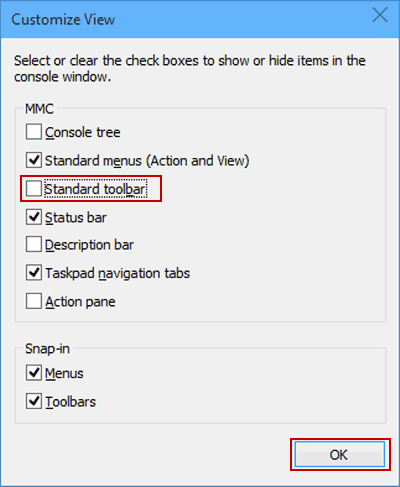

In my very honest opinion, translation technology has operated much in the same way for the past twenty years. This is quite common with technology and ideas, the innovators are often the slowest to adapt. Only now is the Chip and PIN system becoming more frequent in the United States. The United States had been slow to adopt this technology because it would mean changing the hardware that has been employed for the past forty years. Any American who has frequented to Europe in the last decade can tell you about the looks we get after handing a shop clerk a card they don’t know what to do with because there is no EMV chip. Meanwhile, Europay (Belgium) established the EMV Chip as a means for a more secure transaction medium – the first version of the EMV Standard was published in 1995. Until just a few years ago, the magnetic stripe was the basis of all credit and debit transactions in the United States. This was quickly adopted around the world. In 1971, they started producing magnetic striped credit and identification cards in Dayton, New Jersey. Magnetic stripe credit cards were invented by International Business Machines (IBM) in the late 60s. An excellent example of this outside of the translation industry is the credit card.
#Toolbar create a new tm wordfast classic software
Those who create hardware or software in any form must always focus and stay on top of how users currently use the technology and how they may want to use it in the future.

The below has been adapted from " Translation Memory Tools (Part 2)," an article posted by Wojowski on Apon his Translation Technology Blog.


 0 kommentar(er)
0 kommentar(er)
